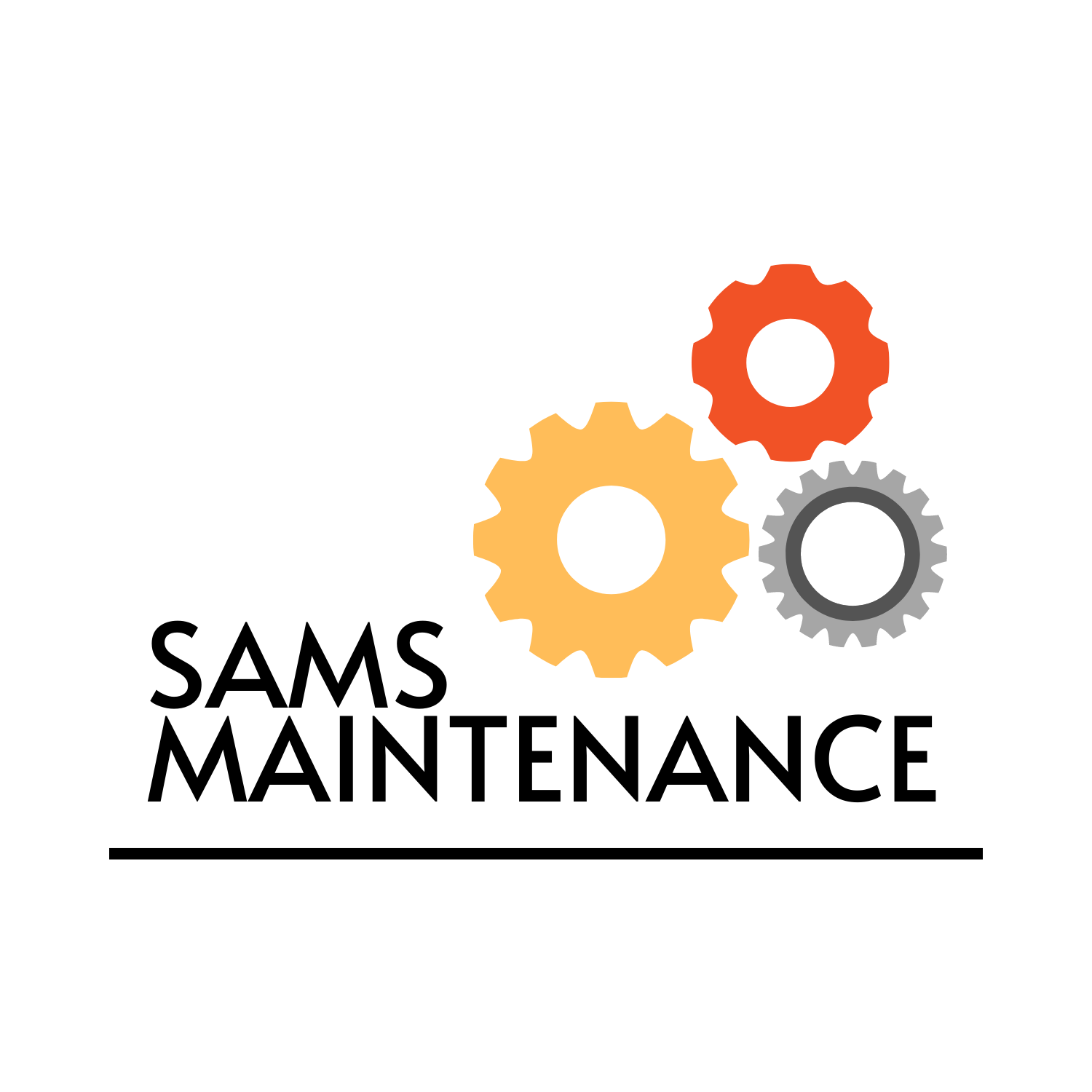Embarking on a home renovation or construction project can be both exciting and daunting, especially for those who prefer to tackle tasks independently. A well-crafted DIY home checklist serves as a vital roadmap, guiding homeowners through the complex process and ensuring a stress-free experience from start to finish. By prioritizing tasks, allocating resources effectively, and mitigating potential pitfalls, individuals can transform their vision into a reality without breaking the bank or compromising quality.

Essential DIY Home Checklist for a Stress-Free Home Renovation or Construction Project
Before embarking on a home renovation or construction project, it’s crucial to have a comprehensive DIY home checklist to ensure a smooth and successful process.
-
Pre-Project Planning
Develop a clear understanding of your goals, budget, and timeline. Research local building codes, permits, and regulations.
- Create a detailed project plan, including milestones and deadlines.
- Establish a communication plan with contractors, suppliers, and stakeholders.
- Determine your budget and allocate funds accordingly.
-
Site Preparation
Clear the area, remove debris, and prepare the site for construction.
- Conduct a thorough site assessment to identify potential hazards and obstacles.
- Remove any hazardous materials, such as asbestos or lead paint.
- Install necessary safety features, such as fencing and signage.
-
Permitting and Inspections
Obtain necessary permits and schedule inspections to ensure compliance with local regulations.
- Research required permits and licenses for your project.
- Schedule inspections with local authorities to verify compliance.
- Address any issues or concerns raised during inspections.
-
Material Selection and Procurement
Select high-quality materials and procure them in advance to avoid delays.
- Research and select materials that meet local building codes and regulations.
- Procure materials in advance to avoid delays and shortages.
- Consider sustainable and eco-friendly options whenever possible.
-
Construction and Installation
Hire qualified professionals and oversee the construction process to ensure quality and safety.
- Hire licensed and insured contractors for critical tasks.
- Oversee the construction process to ensure quality and safety standards.
- Address any issues or concerns promptly and efficiently.
-
Final Inspection and Completion
Conduct a final inspection to ensure the project meets your expectations and complies with local regulations.
- Address any remaining issues or concerns.
- Certificate of occupancy and complete any necessary paperwork.
By following this comprehensive DIY home checklist, you’ll be well-prepared to tackle your home renovation or construction project with confidence and success.
At Sams Maintenance , we’re committed to providing you with the tools and expertise needed to achieve your home improvement goals.
Creating a Comprehensive DIY Home Renovation Checklist
Create a seamless DIY home renovation experience with our step-by-step checklist, covering planning, budgeting, and execution for a stress-free project.
-
Plan Your Project
Before starting your DIY home renovation, it’s essential to plan your project thoroughly. This involves setting clear goals, defining your budget, and determining the scope of work.
- Determine the purpose of your renovation
- Set a realistic timeline and budget
- Define the scope of work and identify potential challenges
-
Budget and Finance
A well-planned budget is crucial for a successful DIY home renovation. Consider factors such as materials, labor costs, and contingencies.
- Estimate material costs and labor expenses
- Identify potential cost-saving opportunities
- Develop a contingency plan for unexpected expenses
-
Execute Your Plan
With a solid plan and budget in place, it’s time to execute your DIY home renovation. This involves obtaining necessary permits, hiring professionals, and managing the construction process.
- Obtain necessary building permits and inspections
- Hire licensed contractors and suppliers
- Manage the construction process and ensure timely completion
By following these steps and staying organized, you’ll be able to create a comprehensive DIY home renovation checklist that ensures a smooth and successful project.
Tips and Resources
For more information and guidance on DIY home renovations, check out the following resources:
- HomeAdvisor – A leading online platform for finding and hiring trusted home service professionals.
- The Home Depot – A popular retailer offering a wide selection of home improvement products and services.
- Lowe’s – Another prominent retailer specializing in home improvement products and services.
Additional Tips
Remember to always follow safety guidelines and best practices during your DIY home renovation project. Stay informed, and don’t hesitate to seek professional help when needed.

Creating a Comprehensive DIY Home Checklist
To transform your DIY home renovation into a stress-free success, it’s crucial to have a well-planned checklist in place.
-
Step 1: Define Your Project Scope
Determine the scope of your project, including the tasks, materials, and timeline required to complete it.
-
Step 2: Gather Necessary Tools and Materials
Create a list of the tools and materials needed for your project, considering factors like quality, quantity, and cost.
-
Step 3: Assess Your Skills and Experience
Evaluate your skills and experience level to determine which tasks you can handle yourself and which require professional assistance.
-
Step 4: Develop a Budget and Timeline
Establish a realistic budget and timeline for your project, taking into account contingencies and potential setbacks.
-
Step 5: Research Local Building Codes and Regulations
Familiarize yourself with local building codes, permits, and regulations to ensure compliance and avoid costly fines.
-
Step 6: Plan for Electrical, Plumbing, and HVAC Systems
Understand the requirements for electrical, plumbing, and HVAC systems, including necessary permits and inspections.
-
Step 7: Consider Environmental Factors
Take into account environmental factors like weather, climate, and soil conditions to ensure your project’s durability and longevity.
-
Step 8: Prepare for Waste Disposal and Recycling
Plan for waste disposal and recycling, including options for hazardous materials and debris removal.
-
Step 9: Schedule Regular Inspections and Testing
Regularly inspect and test your work to identify potential issues before they become major problems.
-
Step 10: Review and Update Your Checklist
Review and update your checklist regularly to reflect changes in your project’s scope, timeline, or budget.
By incorporating these key steps and considerations into your DIY home checklist, you’ll be better equipped to navigate the complexities of home renovation and construction projects, minimizing the risk of costly mistakes and ensuring a successful outcome.
For more information on DIY home maintenance and repair, visit Home Depot or Lowe’s for expert advice and resources.
At Sams Maintenance , we’re committed to helping homeowners like you achieve their DIY goals with confidence and expertise.

Crucial Items to Include in Your DIY Home Checklist
To guarantee a stress-free and successful home renovation or construction experience, it’s essential to have a well-planned DIY home checklist.
- Define Your Project Scope and Budget
- Create a Timeline and Schedule
- Gather Necessary Permits and Approvals
- Select Reliable Contractors and Suppliers
- Plan for Waste Disposal and Cleanup
- Establish a Communication Plan
- Prepare for Unexpected Delays and Issues
- Maintain Accurate Records and Documentation
- Conduct Regular Safety Inspections
- Review and Update Your Checklist Regularly
Determine what needs to be done, set realistic expectations, and establish a budget to avoid costly surprises down the road.
Develop a project timeline, including milestones and deadlines, to stay organized and focused throughout the process.
Research and obtain required permits, licenses, and approvals before commencing work to avoid fines and penalties.
Vet potential contractors and suppliers, checking their reputation, credentials, and insurance coverage to ensure a smooth and reliable experience.
Arrange for adequate waste disposal and cleanup services to minimize environmental impact and keep your workspace tidy.
Set up regular communication channels with contractors, suppliers, and stakeholders to ensure everyone is informed and aligned throughout the project.
Anticipate potential delays and issues, having contingency plans in place to mitigate risks and maintain project momentum.
Keep detailed records of progress, expenses, and communications to facilitate future reference and decision-making.
Schedule regular safety inspections to identify and address potential hazards, ensuring a safe working environment for yourself and others.
Regularly review and update your DIY home checklist to reflect changes in scope, budget, or regulations, ensuring your project remains on track and compliant.
DIY Home Checklist for Stress-Free Renovation Success
As a homeowner embarking on a DIY home renovation or construction project, it’s essential to have a comprehensive checklist to ensure a successful and stress-free experience from start to finish.
- Pre-Renovation Planning
- Determine your budget and set realistic expectations
- Research local building codes and regulations
- Create a detailed project timeline and schedule
- Develop a contingency plan for unexpected expenses or delays
- Design and Planning
- Define your design style and preferences
- Measure and map out your space to determine layout options
- Choose materials and finishes that fit your budget and aesthetic
- Consider hiring a professional designer or architect for guidance
- Permitting and Inspections
- Obtain necessary permits and approvals from local authorities
- Schedule inspections with your local building department
- Address any issues or concerns raised during inspections
- Demolition and Site Preparation
- Clear the area around your home to prevent damage or debris
- Disconnect utilities and services as needed
- Remove old flooring, walls, or other structures as required
- Construction and Installation
- Hire licensed contractors or professionals for major work
- Install new electrical, plumbing, or HVAC systems as needed
- Finish interior and exterior surfaces, including painting and trim
- Final Touches and Inspection
- Clean and declutter the workspace
- Conduct a final inspection to identify any defects or issues
- Makes any necessary adjustments or repairs before completion
- Home Depot – Your one-stop shop for DIY supplies and expertise
- Lowe’s – Offering a wide selection of products and services for your DIY needs
- This Old House – Expert advice and tutorials for DIY projects and home improvement
By following this comprehensive DIY home checklist, you’ll be well-prepared to tackle your renovation or construction project with confidence and achieve a stress-free outcome.
Additional Resources:

Creating a Comprehensive DIY Home Checklist for a Major Renovation or Construction Project
When embarking on a major renovation or construction project, having a well-planned DIY home checklist can save you time, money, and stress. As a homeowner and DIY enthusiast, I’ve learned that prioritizing the right tasks and considerations upfront is crucial for a successful project. Here are the essential tasks and considerations to include in your DIY home checklist:
- Assess Your Budget and Resources
- Determine the Scope of Work
- Create a Detailed Timeline
- Gather Necessary Permits and Approvals
- Select Reliable Contractors and Subcontractors
- Plan for Waste Disposal and Cleanup
- Establish Communication Channels
- Prepare for Potential Setbacks and Delays
- Document Progress and Changes
- Review and Revise Your Checklist Regularly
Before starting your project, determine how much you’re willing to spend and what materials and tools you’ll need. Consider factors like labor costs, permits, and potential setbacks. Make sure you have a realistic budget and plan for contingencies.
Clearly define the scope of your project, including the areas to renovate or construct, the materials to use, and the timeline. Break down larger tasks into smaller, manageable chunks to avoid feeling overwhelmed.
Develop a schedule that outlines milestones, deadlines, and check-in points. This will help you stay organized and ensure that each task is completed on time. Be sure to factor in unexpected delays and setbacks.
Research local building codes, zoning regulations, and permitting requirements. Obtain necessary permits and approvals before commencing work to avoid costly fines and delays.
If you’re hiring professionals, research and interview potential contractors and subcontractors. Check their credentials, reviews, and insurance coverage to ensure you’re working with reliable and trustworthy individuals.
Arrange for waste disposal and cleanup services to minimize mess and environmental impact. Consider renting dumpsters or hiring a professional cleaning service.
Set up regular communication channels with contractors, subcontractors, and suppliers to ensure everyone is on the same page. Use project management tools or apps to facilitate collaboration and track progress.
Anticipate potential setbacks and delays, and develop contingency plans to mitigate their impact. Keep a backup plan in place for critical tasks and materials.
Keep a record of progress, changes, and issues that arise during the project. This will help you track your journey, identify areas for improvement, and make informed decisions moving forward.
Regularly review and revise your DIY home checklist to reflect changing circumstances, new discoveries, and lessons learned. Stay flexible and adapt to unexpected challenges and opportunities.
Conclusion
By incorporating these essential tasks and considerations into your DIY home checklist, you’ll be better equipped to navigate the complexities of a major renovation or construction project. Remember to stay organized, communicate effectively, and anticipate potential setbacks to ensure a successful outcome. With careful planning and execution, you’ll be able to transform your vision into a reality, saving time, money, and stress along the way.

0 Comments